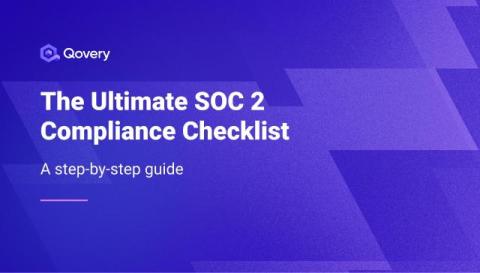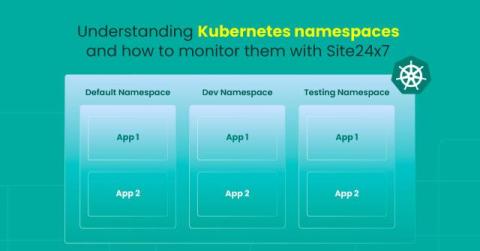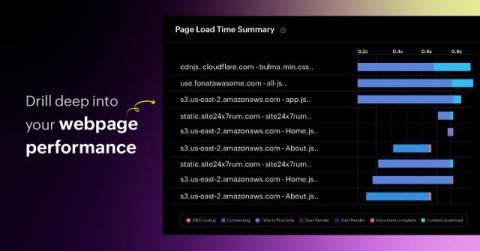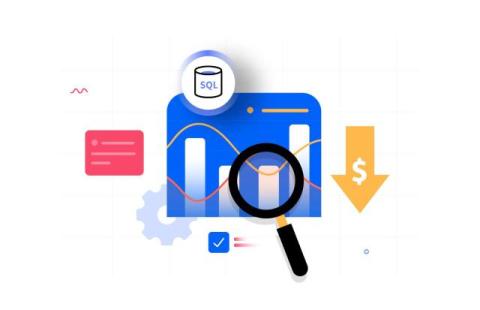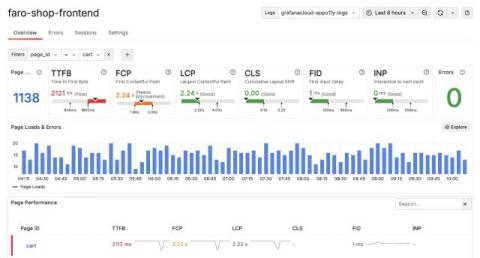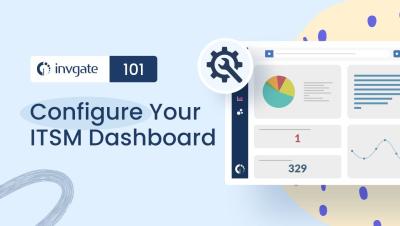What Does an Incident Manager Do? Role and Responsibilities
Have you ever wondered who ensures that your IT services run smoothly, even when everything seems to be going wrong? That’s the job of an incident manager. When critical systems fail or disruptions occur, the incident manager steps in to coordinate a swift and effective response, minimizing the impact on your business. But what exactly does this role do, and why is their role so essential?




